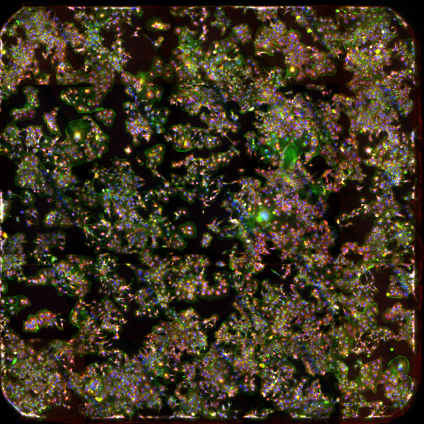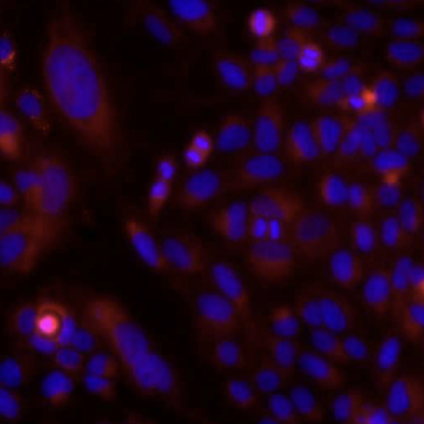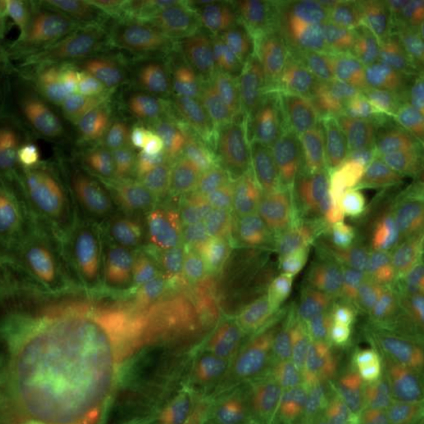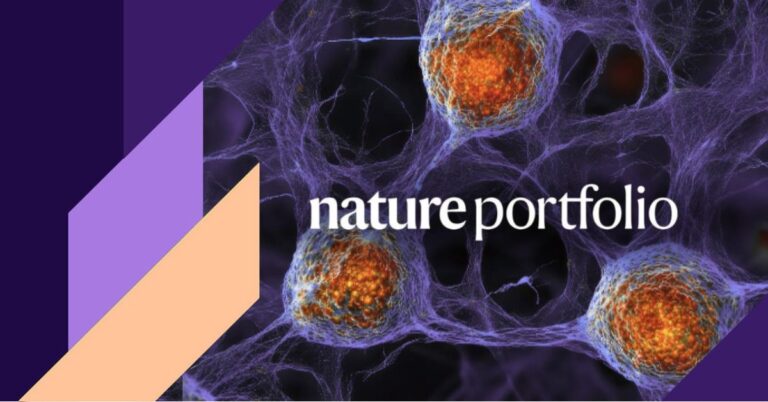Phenotypic profiling, Ardigen phenAID
Accelerate your research and identify better drug candidates with morphological profiling
Ardigen phenAID bridges the gap between cell imaging and small molecule design
Ardigen phenAID isn’t just a platform — it’s your partner in innovation. By integrating AI advancements in computer vision and AI-cheminformatics with molecular biology and medicinal chemistry, we’ve crafted a solution that transforms cell imaging analysis to synthesize small molecule design.
With Ardigen phenAID, you can leverage multimodal data for drug discovery to identify therapeutic targets, optimize small molecules, and advance biologics. This integration facilitates precise AI-driven image analysis and interpretation of complex biological data, enabling the discovery of specific and effective drug candidates for phenotypic screening AI.



Conduct fewer experiments, maximize successful outcomes
Obtain up to 40% more accurate hits
Curtail negative effects from the outset
Explore millions of molecules by interrogating the chemical space
Extract pivotal scientific insights from morphological profiling
Predict
Accurate hit identification
Our platform’s advanced image analysis and AI-driven models allow for precise detection of active compounds, ensuring that you focus on the most promising drug candidates right from the start of your phenotypic drug discovery enabled by ML/AI methods.
Uncover Mechanisms of Action (MoA)
Elucidate biological pathways and interactions of compounds for a comprehensive understanding of how they affect cellular processes. Utilize this knowledge to develop targeted therapies.
Predict bioactivity with confidence
Predict the bioactivity of compounds across different biological models. By integrating multimodal data, Ardigen phenAID provides reliable bioactivity predictions to prioritize compounds with the highest therapeutic potential for phenotypic screening AI.
Explore chemical space with Virtual Screening
Explore millions of compounds in silico by simulating molecule-target interactions. Virtual Screening accelerates the identification of viable drug candidates and reduces experimental costs, a key component of virtual screening drug discovery.
Generate
Design and optimize custom molecular libraries
Design custom libraries tailored to your research needs. Ensure that your library is rich in compounds with high therapeutic potential by integrating predictive modeling.
Refine and optimize lead compounds
Optimize leads for efficacy, selectivity, and safety by analyzing structure-activity relationships and predicting key properties to advance toward successful drug development.
Contact us for the a demo consultation
A proud partner of the JUMP-CP Consortium
Ardigen is a key supporter of the JUMP-CP Consortium, which aims to validate and scale up image-based drug discovery strategies by creating the world’s largest public cell imaging dataset, encompassing both genetic and chemical perturbations.
The consortium’s members include 10 leading pharmaceutical companies (Amgen, AstraZeneca, Bayer, Biogen, Eisai, Janssen Pharmaceutica NV, Merck KGaA, Pfizer, Servier, and Takeda), along with two non-profit research organizations (the Broad Institute of MIT and Harvard), and Ksilink.
Ardigen contributes deep learning expertise and provides a web application to facilitate the exploration of the JUMP-CP Cell Painting dataset and advance cell pointing say analysis.
OASIS Consortium
Omics for Assessing Signatures for Integrated Safety Consortium
Ardigen is a tech partner in the OASIS Consortium, a global initiative advancing multi-omics technologies for chemical safety assessment.
Convened by the Health and Environmental Sciences Institute (HESI) in collaboration with the Broad Institute, OASIS brings together over 60 experts from industry, academia, and government, focusing on integrating Cell Painting, transcriptomics, and proteomics to develop innovative safety assessment tools.
Key partners include Bayer, Genentech, Merck & Co., Merck KGaA, Novo Nordisk, the Broad Institute of MIT and Harvard, Amazon Web Services, and Revvity, all working together to develop safety assessment tools, leveraging our expertise in phenotypic screening services.
Visit our Knowledge Hub to read more about
Phenotypic Profiling
Frequently Asked Questions
What is phenotypic screening in drug discovery?
Phenotypic screening is a drug discovery approach that identifies compounds based on their observable effects on cells, tissues, or organisms rather than on a predefined molecular target. It allows researchers to capture complex cellular responses and discover active compounds with novel mechanisms of action, particularly in systems where the biological target is unknown or difficult to isolate
What is Ardigen phenAID and how does it bridge cell imaging and small molecule design?
Ardigen phenAID is an AI-powered platform that links high-content cell imaging with small molecule activity. It analyzes morphological changes to identify active compounds, predict bioactivity, and infer mode of action. The platform also supports virtual screening by matching phenotypic profiles to similar compounds, helping guide rational drug design.
How does AI-driven morphological profiling identify drug candidates?
AI-driven profiling uses deep learning models trained on high-resolution cellular images to detect subtle and complex morphological patterns induced by compound treatment. These patterns are then correlated with known biological outcomes to rank compounds by similarity, novelty, or predicted efficacy. It can be applied as early as the primary screening stage, identifying compounds that induce both desired and undesired effects.
What is Cell Painting and how is it used in phenotypic drug discovery?
Cell Painting is a high-content imaging assay that uses multiplexed fluorescent dyes to visualize several cellular compartments (e.g., nucleus, cytoplasm, cytoskeleton) simultaneously. It allows monitoring of morphological changes induced by treatment with compounds or morphological perturbations in target-agnostic manner. The analysis of cell images generates detailed morphological profiles—or “fingerprints”—of treated cells These profiles are then analyzed to identify phenotypic similarities, cluster bioactive compounds, and uncover potential modes of action. It is a powerful tool for-phenotypic compound screening and profiling.
How does AI enhance high-content screening (HCS)?
AI enables automated extraction of high-dimensional features from cell images, replacing traditional hand-crafted measurements. It improves sensitivity to subtle phenotypic changes — including those not visible to the human eye — increases throughput, and allows for unsupervised pattern recognition across large datasets. AI also facilitates real-time feedback loops and predictive modeling of compound activity and toxicity.
What are the advantages of Cell Painting assays?
Cell Painting offers several advantages, including multiplexed imaging of multiple organelles, high reproducibility, and compatibility with diverse cell types and perturbations. It provides rich morphological information without requiring prior knowledge of molecular targets, enabling the discovery of novel bioactive compounds and mechanisms. When combined with AI, it supports scalable and unbiased phenotypic profiling.
How does Ardigen phenAID predict bioactivity and uncover Modes of Action (MoA)?
Ardigen phenAID applies machine learning models to extract features from Cell Painting images and compare them to annotated reference profiles. This allows it to predict the bioactivity of new compounds and infer their potential MoA by identifying phenotypic similarities to known drugs. The platform supports hit prioritization, deconvolution, and hypothesis generation, accelerating the early phases of drug discovery.
This precision in data analysis and visualization is a testament to the expertise of Ardigen’s team, including Nasim Jamali, Senior Bioinformatician. His contributions ensure our AI-supported insights are both robust and actionable.
Can phenotypic profiling predict drug toxicity?
Yes. Morphological signatures can reflect early indicators of cytotoxicity or stress responses, even before cell death occurs. AI models trained on phenotypic data can identify compounds that induce undesirable or off-target effects. This enables the early elimination of toxic candidates and supports the design of safer, more selective molecules.
See also:
Contact
Ready to transform drug discovery?
Leave us a message and we will reach out to you within 24 hours, to tell you more about how we can empower your drug development journey.
Newsletter
Become an insider
Be the first to know about Ardigen’s latest news and get access to our publications, webinars and more!



